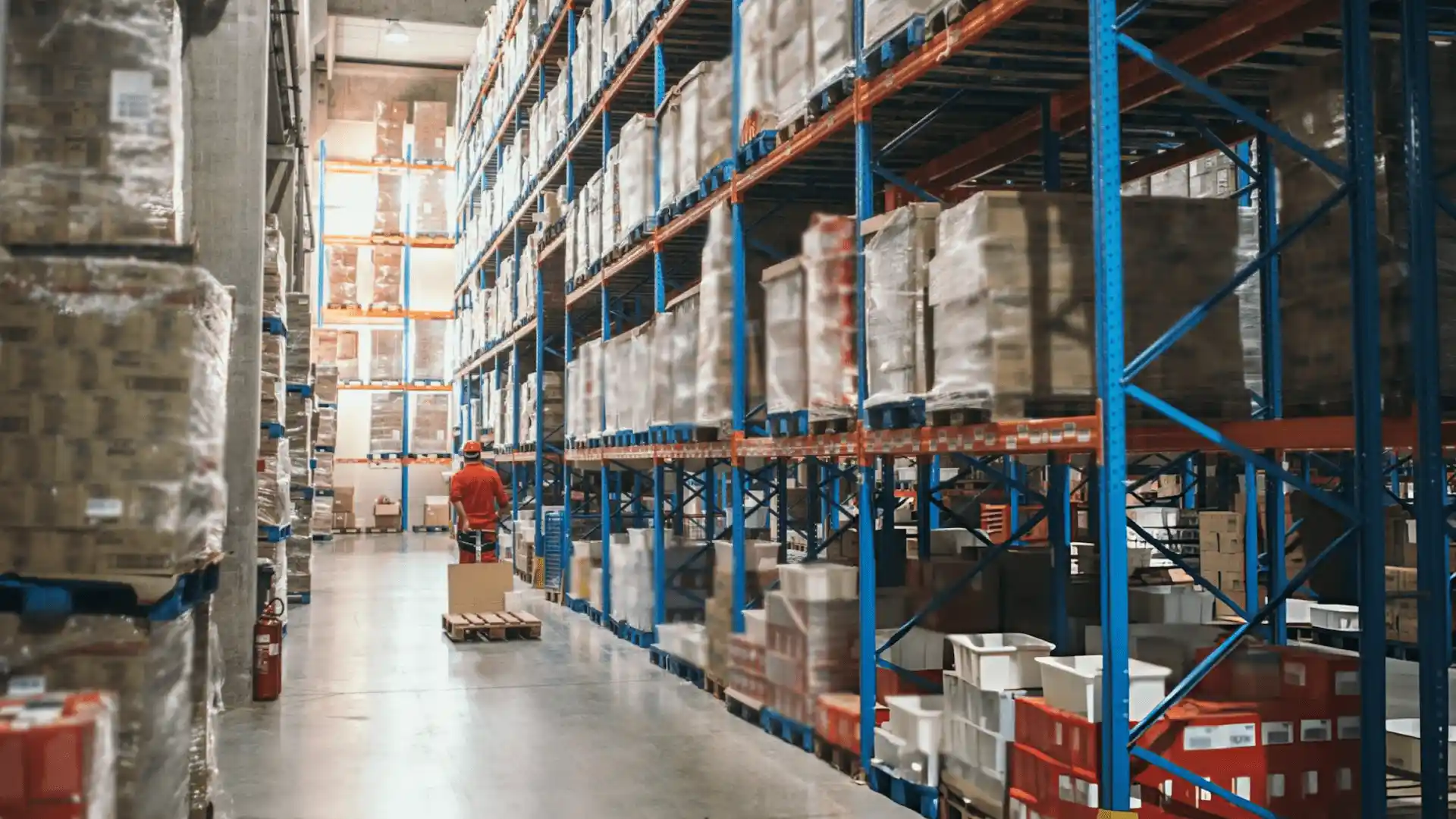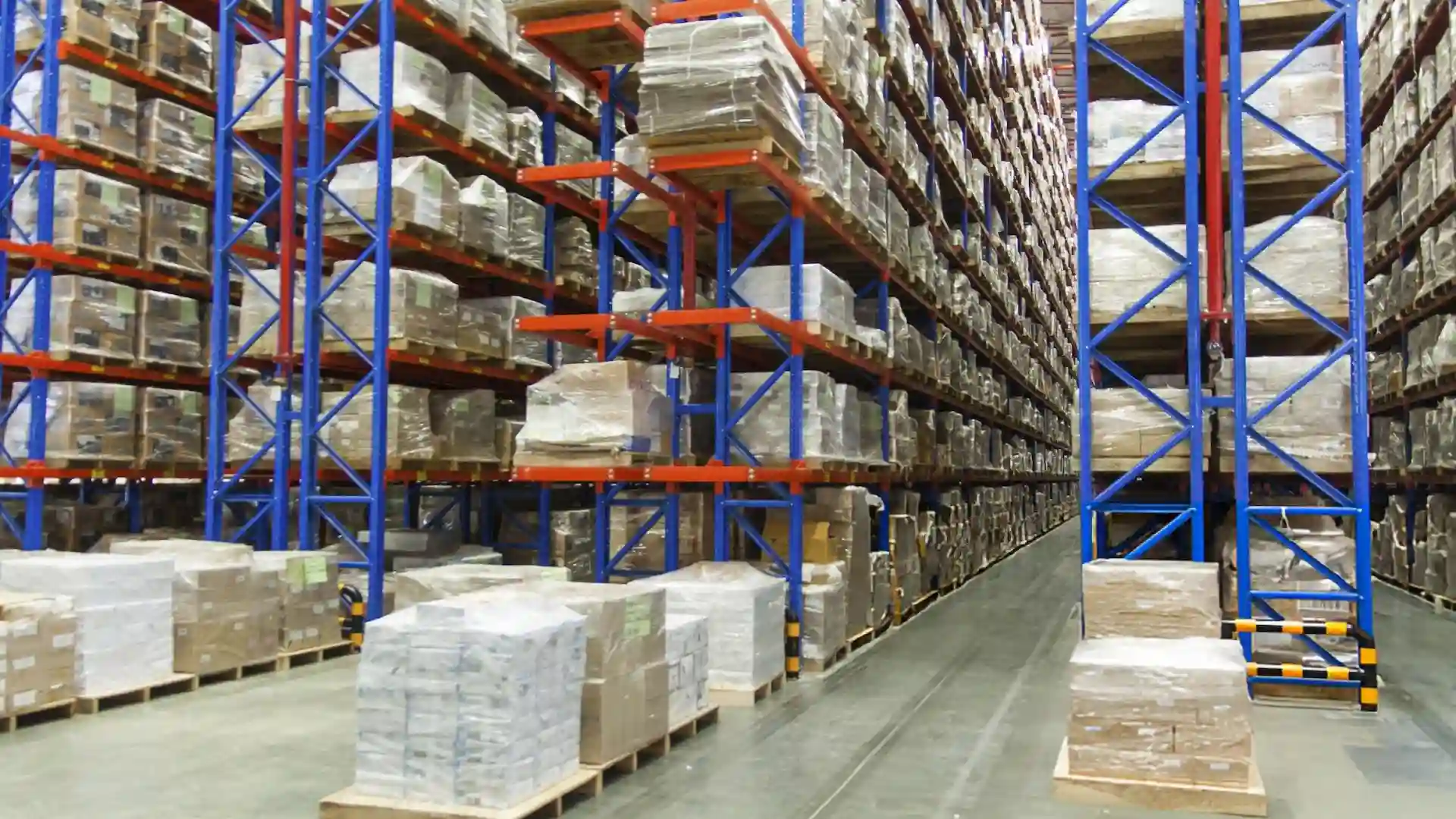What Is Ecommerce Automation? Tools and Tips to Save Time

Running an ecommerce brand requires constant attention to detail, from managing inventory to fulfilling customer orders. As online businesses grow, so do their operational challenges. This is where ecommerce automation becomes a practical necessity. For brands that aim to scale without sacrificing speed or accuracy, automation can handle repetitive tasks, reduce human error, and make your entire workflow more efficient.
This guide breaks down what ecommerce automation is, how it works, and which tools can help you save time and increase accuracy. Whether you’re shipping hundreds of orders a week or looking to outsource fulfillment, automation can be the difference between growth and burnout.
What Is Ecommerce Automation?
Ecommerce automation is the use of software and digital tools to handle repetitive tasks in an ecommerce business. These tasks may include inventory updates, order processing, shipping notifications, customer service responses, and more.
Instead of relying on manual input, automation tools operate based on predefined rules or triggers. For example, when a customer places an order, automation software can instantly update inventory, generate a shipping label, notify the warehouse, and send a confirmation email.
Common Tasks Ecommerce Automation Handles
- Order Processing: Automatically forward orders to the correct 3PL or warehouse for ecommerce brand processing.
- Inventory Management: Sync inventory across multiple sales channels in real time.
- Customer Communication: Trigger post-purchase emails and shipping updates.
- Returns and Exchanges: Automate return authorizations and label creation.
- Shipping and Fulfillment: Integrate with ecommerce shipping software to generate labels and schedule pickups.
Why Ecommerce Automation Matters for Growing Brands
As your brand scales, manual processes often become bottlenecks. Ecommerce automation reduces these friction points and allows teams to focus on higher-value activities like marketing, product development, and customer experience.
Key Benefits of Ecommerce Automation
- Time Savings: Automating order fulfillment, inventory updates, and notifications frees up your team for more strategic tasks.
- Accuracy and Error Reduction: Automated systems reduce mistakes that happen during manual data entry, especially when managing multiple platforms.
- Scalability: Automation lets your operations grow with your business. You can handle higher order volumes without hiring additional staff.
- Customer Satisfaction: Real-time updates and faster shipping improve the buyer experience.
- Cost Efficiency: Reducing manual labor means lower operational costs over time.
How Ecommerce Automation Supports Order Fulfillment
Order fulfillment is one of the most time-consuming areas of ecommerce. Whether you fulfill in-house or use a 3PL, automation ensures that every order moves quickly from purchase to delivery.
Benefits of Automating Fulfillment Services
- Faster Pick and Pack: Orders are automatically routed to the appropriate warehouse for ecommerce brand processing.
- Real-Time Inventory Visibility: Automation software syncs stock levels across warehouses and sales channels.
- Seamless 3PL Integration: Sync orders with 3PL fulfillment partners like Atomix Logistics for efficient processing and shipping.
- Branded Tracking and Notifications: Trigger personalized messages and tracking links when orders ship.
3PL Fulfillment and Ecommerce Automation
Partnering with a 3PL like Atomix Logistics adds another layer of efficiency. Atomix integrates with your ecommerce store, automatically receiving and fulfilling orders with minimal manual input.
Why Atomix Logistics Works Well with Automation
- Technology-Driven Operations: Atomix uses advanced order fulfillment software to handle every order quickly and accurately.
- Integrated Shipping Solutions: Automates ecommerce shipping through carriers like USPS, FedEx, and UPS.
- Scalable Infrastructure: Handles spikes in order volume during promotions or holidays without delays.
- Transparent Tracking: Real-time dashboards provide full visibility into your inventory and order status.
Choosing the Right Ecommerce Automation Tools
There are dozens of tools designed to streamline ecommerce tasks. Some focus on marketing, while others handle logistics and inventory. Choosing the right mix depends on your business size, sales volume, and technical requirements.
Popular Ecommerce Automation Platforms
- Shopify Flow: Ideal for Shopify users. Automates marketing, inventory updates, and workflows within the platform.
- Zapier: Connects multiple apps like your ecommerce store, email marketing, and accounting systems.
- AutomateWoo: Works well with WooCommerce stores. Triggers automated emails, follow-ups, and workflows.
- Klaviyo: Focuses on customer engagement with automated email and SMS marketing.
- Omnisend: Combines email marketing, SMS, and push notifications in one automation platform.
- ShipStation: Automates ecommerce shipping and label creation.
- Salesforce Commerce Cloud: A robust platform for enterprise-level automation across sales and customer service.
Implementing Automation in Your Ecommerce Store
Rolling out ecommerce automation does not happen overnight. It requires a thoughtful approach that begins with identifying bottlenecks and setting measurable goals.
Steps to Get Started
1. Audit Current Workflows
- Identify tasks that are repetitive, prone to error, or time-consuming.
- Focus on order fulfillment, ecommerce shipping, and customer communication first.
2. Choose the Right Tools
- Pick automation platforms that integrate directly with your ecommerce platform, 3PL provider, and inventory system.
- Atomix Logistics provides ready-to-use integrations with many ecommerce tools.
3. Create Automation Rules
- Define rules or triggers for each task. For example, "When an order is placed, notify the 3PL fulfillment center."
- Use simple conditional logic to avoid overcomplicating the setup.
4. Test and Monitor
- Run pilot tests to confirm the rules work as expected.
- Monitor the outcomes and adjust rules for better efficiency.
5. Scale Across Operations
- Once you’ve validated automation in one area, expand it to include marketing, customer support, and inventory management.
Inventory Management Automation
Inventory is the backbone of ecommerce fulfillment. Mistakes in inventory data lead to stockouts, overselling, or delayed shipping. Automation keeps inventory data consistent across all systems.
Benefits of Automating Inventory Management
- Multi-Channel Sync: Update stock levels in real time across platforms like Amazon, Shopify, and eBay.
- Low Stock Alerts: Get automatic notifications when products reach reorder thresholds.
- Demand Forecasting: Use historical data to anticipate demand and optimize purchasing decisions.
- Reduced Human Error: Eliminate manual entry and reduce discrepancies between platforms and warehouses.
Metrics to Watch After Automating
Once automation is in place, tracking performance metrics can help you measure return on investment and identify areas for further improvement.
Key Performance Indicators
- Order Accuracy Rate: Measures how many orders are fulfilled correctly.
- Shipping Time: Tracks how fast an order ships from purchase to delivery.
- Inventory Turnover: Evaluates how often stock is sold and replaced.
- Customer Support Volume: Decrease in support requests often reflects successful automation.
- Cost per Order: Lower costs indicate improved operational efficiency.
Tips for Getting the Most from Ecommerce Automation
Automation works best when aligned with your business goals. Keep your systems flexible and review your workflows regularly to make sure they still meet your needs.
Best Practices
- Keep Processes Simple: Avoid overly complex rules that require constant debugging.
- Stay Integrated: Use platforms that support real-time syncing with your ecommerce store and 3PL provider.
- Train Your Team: Ensure everyone understands how automation works and when to step in if needed.
- Work with a Tech-Enabled 3PL: Choose partners like Atomix Logistics who are built around automation and can scale with your needs.
Why Atomix Logistics Is the Right Fulfillment Partner
As your brand grows, outsourcing fulfillment becomes a strategic decision. Atomix Logistics offers more than just storage and shipping. Their fulfillment services are backed by smart technology that integrates with your ecommerce systems to automate every step of the process.
What Atomix Brings to Your Brand
- Integrated Order Fulfillment Software: Reduces errors and speeds up fulfillment.
- Ecommerce Shipping Automation: Automatically selects the best carrier and shipping method based on your rules.
- Inventory Transparency: Get real-time inventory data and automated replenishment alerts.
- Fast, Accurate 3PL Shipping: Atomix’s network ensures orders are processed and shipped quickly.
- Flexible Warehousing for Ecommerce Brands: Whether you're shipping 50 orders a day or 5,000, Atomix scales with you.
Frequently Asked Questions (FAQ)
What is ecommerce automation and how does it work?
Ecommerce automation refers to the use of software tools to handle repetitive tasks in online retail operations. These tasks include order processing, inventory management, shipping updates, and customer communications. By setting up automated workflows, ecommerce businesses can streamline operations, reduce human error, and save time.
What are the benefits of using ecommerce automation for order fulfillment?
Automating order fulfillment improves speed and accuracy. Benefits include faster processing times, real-time inventory updates, fewer shipping errors, and better customer satisfaction. When paired with a 3PL fulfillment partner like Atomix Logistics, automation can help scale operations efficiently.
Which tools are best for ecommerce automation?
Top ecommerce automation tools include Shopify Flow, Zapier, AutomateWoo, Klaviyo, Omnisend, and ShipStation. These tools support functions like inventory syncing, automated shipping, marketing workflows, and order routing to 3PL providers. Atomix Logistics integrates with many of these platforms to offer seamless fulfillment services.
How does ecommerce automation improve inventory management?
Automation helps maintain accurate inventory across multiple sales channels. Features include real-time stock syncing, automated low-stock alerts, and demand forecasting. This reduces stockouts and overselling, ensuring better fulfillment performance and customer satisfaction.
Why should ecommerce brands use a 3PL like Atomix Logistics?
A 3PL like Atomix Logistics offers automated fulfillment services tailored for growing ecommerce brands. With integrated order fulfillment software, scalable warehousing, and optimized ecommerce shipping, Atomix helps brands save time, reduce costs, and manage inventory with complete visibility.

.svg)
.svg)
.svg)




